1 Introduction
LTE (Long Term EvoluTIon) is the largest communication new technology research and development project initiated by 3GPP in the past two years. Due to the LTE standard, it has higher spectrum efficiency wireless access technology and smooth IP core network, compared to 2G/3G mobile network. The network performance has been greatly improved, and the operating cost of the network has been significantly reduced. As a new generation technology roadmap, LTE's target capacity and data rate increase can support new services and features that require high capacity and performance. With the necessary network architecture and technology improvements, downlink and uplink channel data The rate is higher, where TDD-based TD-SCDMA will evolve to TDD-LTE, while FDD-based WCDMA, CDMA2000 will evolve to FDD-LTE. The explosive growth of mobile data services and the rapid development of smart phones are accelerating the development of the mobile broadband market. Since 2010, FDD LTE has entered the stage of global commercial deployment, and has now spread throughout Europe, North America, Asia Pacific and the Middle East.
On July 13, the relevant person in charge of the Ministry of Industry and Information Technology clearly stated that it will promote the issuance of 4G licenses during the year and accelerate the development of China's 4G industrialization based on the application status and conditions. In China, China Mobile's recently launched TD-LTE first-phase bidding is in full swing. The TD-LTE network will be the largest 4G network in the world. China Unicom will still adhere to the preparations and experiments of FDD LTE. China Unicom may still have an advantage in terminals and networks in the 4G era.
Therefore, in the next 1-3 years, LTE will enter full coverage. Once the base station network is formed, a large number of repeaters need to be supplemented and supported to form a complete coverage network, and the intelligent surface of LTE communication is very high. Indoor, therefore, there is still a large market for all kinds of digital, multi-modal, integrated, intelligent repeaters and their indoor digital distribution systems.
2. MIMO-based digital optical fiber repeater based on MIMO
2.1 Overall architecture
In the field of mobile communications, the repeater is the coverage supplement and improvement of the blind zone after the base station network is formed. The new digital fiber optic repeater is currently the most widely used in the repeater. The block diagram of the new digital optical repeater with typical 2*2 MIMO is shown in Figure 1:
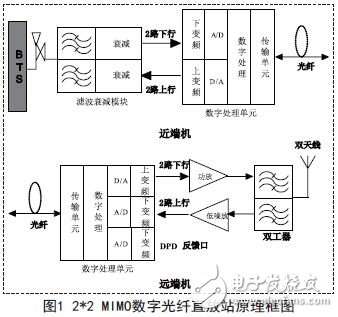
The remote machine is mainly divided into four large modules: digital processing module, RFIC transceiver module, power amplifier and duplexer filter module. The digital processing module is used for modulation and demodulation of optical transmission, digital up-conversion, A/D conversion, etc.; the transceiver module completes the conversion of the intermediate frequency signal to the radio frequency signal; and then passes through the power amplifier and the filtering module to transmit the radio frequency signal through the antenna port. The near-end machine is simpler, and has fewer low-noise amplifiers and power amplifiers than the remote unit. Other principles are similar to those of the remote unit.
2.2 The main technology of the new LTE digital repeater
Not used in traditional 2G? 3G digital fiber stations, the new MIMO digital repeater based on MIMO technology digitizes multiple RF signals, using RFIC RF integration technology? Multi-channel DPD linear processing technology? High efficiency power amplifier technology? Digital Frequency conversion technology? Multi-channel baseband signal processing technology? Digital optical transceiver? Embedded software assistant system to complete. Its main feature is to improve the flexibility of the repeater and the ability to resist external interference, improve the efficiency of the power amplifier, and meet the needs of a conservation-oriented society. At the same time, with the help of the software system, it is easy to upgrade and expand the capacity, and the networking mode is flexible and changeable. Its main innovative technologies include the following:
(1) RF small signal? Digital hardware integration technology and implementation
Since the size of the repeater equipment is required to be as small as possible, the whole system sub-module can be considered to be highly integrated and integrated, and the structural heat analysis design is made. For low-cost and small-volume design considerations, integrated integrated RFIC chip design, such as ADI's AD9362, Maxim's MAX2580 and other integrated integrated chips can meet the design specifications. Its integrated chip design mainly includes phase-locked loop, analog wideband up-conversion, ADC-DAC data conversion, and IF filter amplification. The main function is to perform various amplification, filtering and frequency conversion on the input and output data. Since the I/Q two-baseband signals after orthogonal decomposition often bring great convenience and good performance to the above-mentioned subsequent processing, most of the numbers The frequency conversion scheme adopts a typical structure of orthogonal two-way processing.
(2) High efficiency and high linear power amplifier design
The power amplifier module with a total power output of more than 10W combines the Doherty power amplifier synthesis technology with the single-channel DPD technology of the dual-channel time-sharing processing of the advanced algorithm, so that the linearity and efficiency of the power amplifier are greatly improved, and the LTE signal is satisfied. The high linearity requirements reduce the power consumption of the equipment and reduce the operating costs of the operators. The block diagram of its power amplifier module is shown in Figure 2.
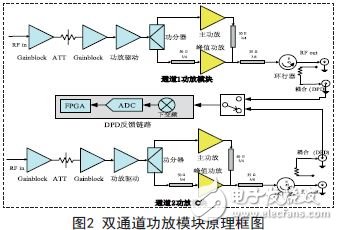
1Doherty power amplifier synthesis technology and implementation
The linearity and efficiency of the power amplifier is the focus of designing the power amplifier. The Doherty method is considered to be the most promising structure for improving efficiency. The Doherty amplifier has a main power amplifier and a peak power amplifier. The average part and the peak part of the input signal are separately amplified, and then synthesized. Through the design of the combined microstrip of the output, the peak power amplifier and the main power amplifier are both loaded-Pull. The effect is to achieve high efficiency. The structure of digital predistortion DPD combined with Doherty is of great value.
Since the LTE system adopts OFDM and 64QAM modulation modes and has high peak power, this project adopts appropriate peak clipping CFR technology, envelope tracking technology and 2-way Doherty synthesis technology to further improve the efficiency of the power amplifier.
2 Amplifier part adopts single-channel digital pre-distortion DPD technology and implementation of multi-channel time division processing
The advantage of DPD technology is that there is no stability problem, there is a wider signal band, and it can process signals with multiple carriers, and the efficiency is high. In order to meet the high linearity requirements of LTE modulated signals for power amplifiers, the DPD technology of next-generation power amplifiers has been greatly developed. The main idea of ​​the DPD algorithm is to inversely model the nonlinear effect of the power amplifier to suppress its nonlinear influence and make the power amplifier as linear as possible.
In addition, LTE digital optical fiber station development adopts multi-antenna technology, supports 2 antennas, and corresponding downlink power amplifier output has 2 channels, adopts RF switch switching, respectively performs DPD digital pre-distortion processing for each power amplifier, and designs and switches for a certain time through software design. It can guarantee the performance of each channel's DPD, which is one channel less than the traditional DPD method, saving hardware space and saving cost.
(3) Research on CPRI supporting large-capacity interface protocol
The General Public Radio Interface Alliance (CPRI) is an industrial cooperative organization dedicated to the development of major interface specifications between wireless base station internal wireless device control centers (RECs) and wireless devices (REs). This project adopts the XLINX FPGA method to integrate the CPRI interface part and the digital front end part into one chip, thereby improving the system integration and anti-electromagnetic interference capability, reducing the system cost, and the FPGA reprogrammability. The CPRI interface can be flexibly adjusted as needed to enhance device compatibility between different device vendors. At the same time, the technical requirements for the FDD-LTE distributed base station Ir interface have also been developed. With the development of related technologies and standards, CPRI standards have been continuously updated and upgraded.
4G mobile communication LTE adopts MIMO technology, and its data capacity is increased several times. Therefore, the corresponding capacity requirements for optical fiber data transmission are also higher. Now, various types of FPGAs newly developed by XLINX?ALTERA? LATTICE and other companies can satisfy The need for low cost data compression design. This project adopts XLINX data compression data algorithm, which reduces the rate requirement of digital optical modules and meets the design requirements of low-cost fiber transmission.
(4) Research on software radio technology
Designing a digital repeater with software radio ideas can make the system upgrade and function increase of the repeater can be loaded by software. The project uses a reconfigurable FPGA as the core component of the system. The purpose is to digitally up-convert the digital front-end? CFR?DPD, and some baseband processing are designed in the FPGA, and Xilinx V4, V5 and other series of FPGAs. It also integrates DSP, which can complete some functions of the CPU, which is beneficial to the miniaturization and integration of the repeater design, achieving the efficiency of the power amplifier, supporting multi-carrier and remote upgrade.
The Taihang Jiaxin charger is controlled by a solid-state thyristor with electronic sensing and monitoring functions. The main function of the charging system is to charge the battery without supervision while providing a continuous load. The charging characteristic is a constant potential with a current limit. The charger rectifier circuit provides 100% of the rated current, while the float/boost charges a group of lead-acid batteries. The system is also suitable for maintenance and non-maintenance operations.
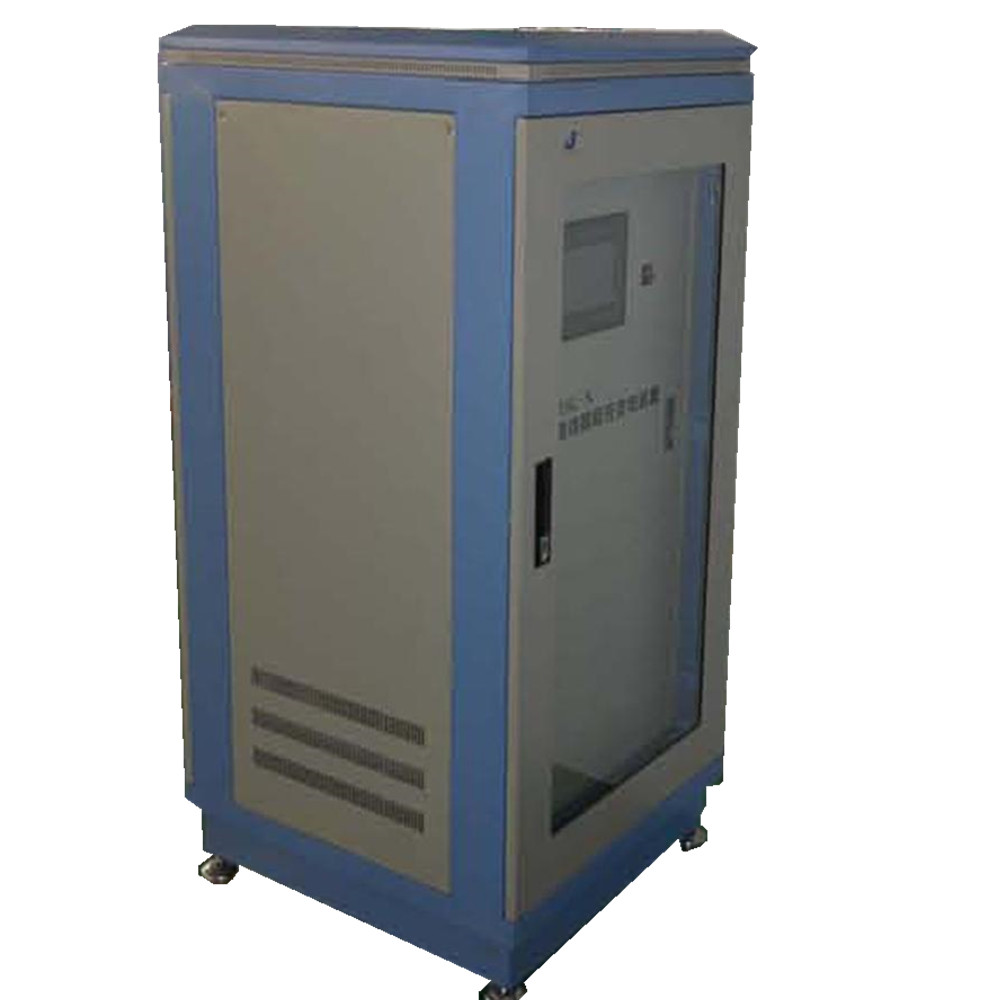
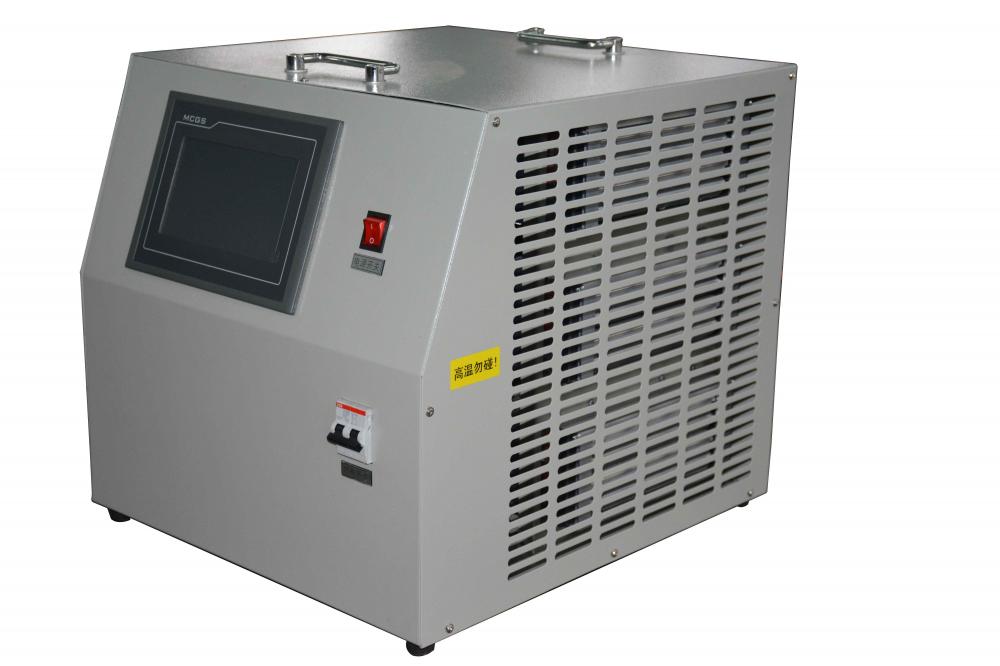
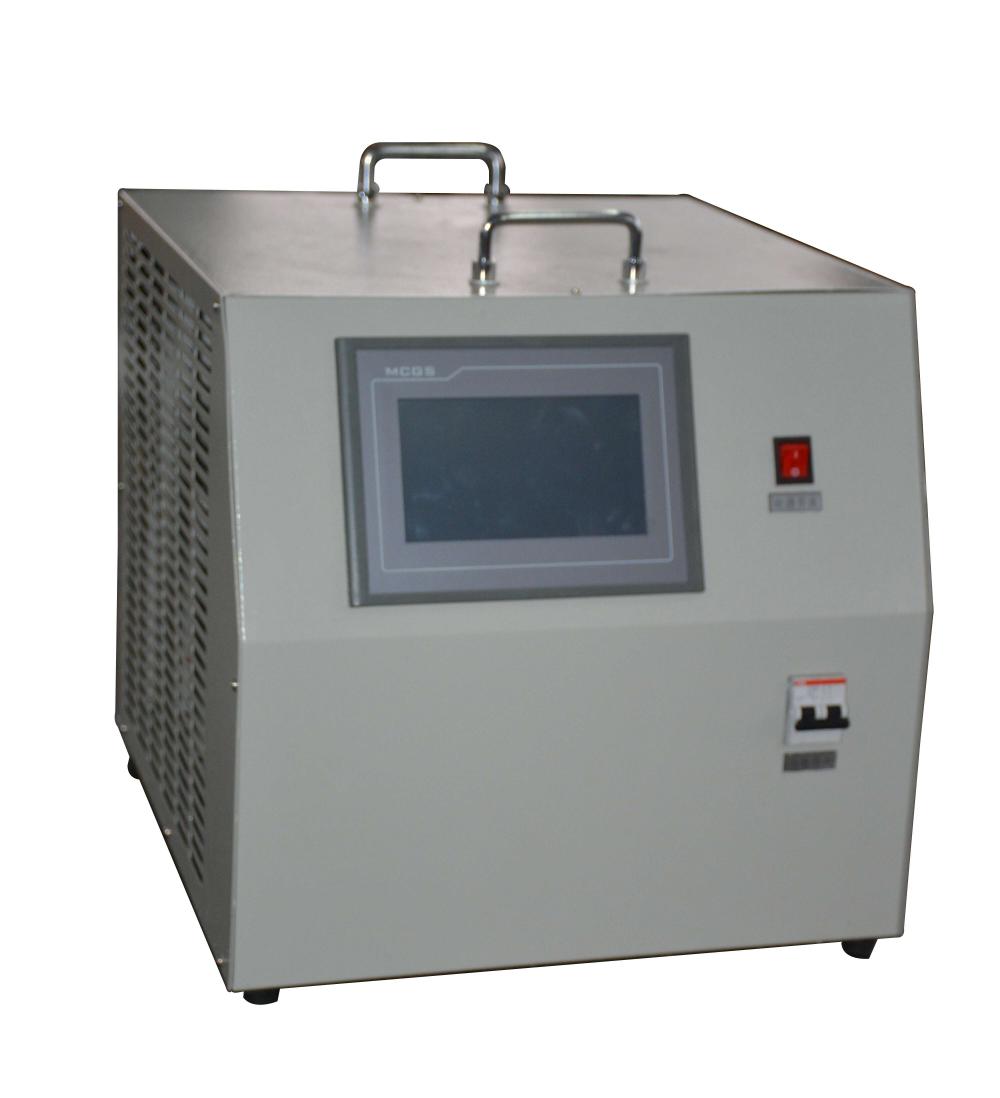
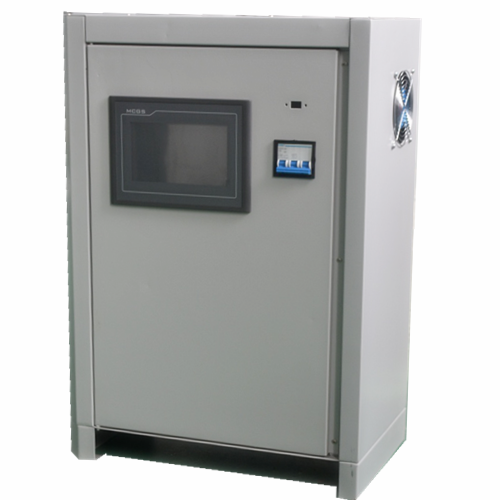
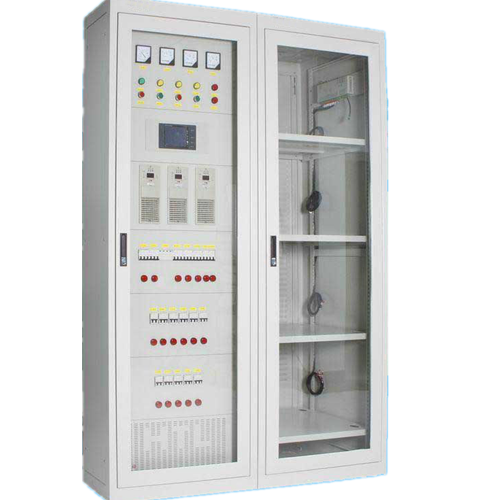
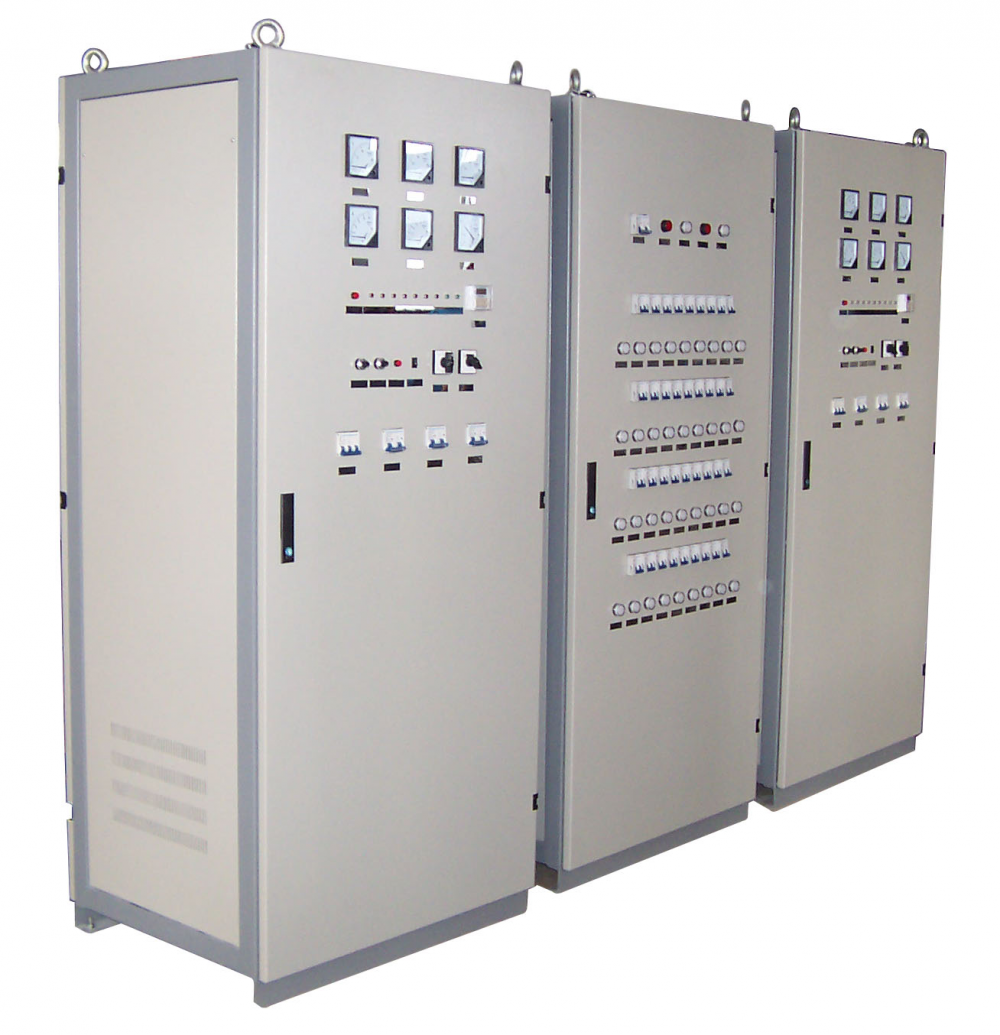
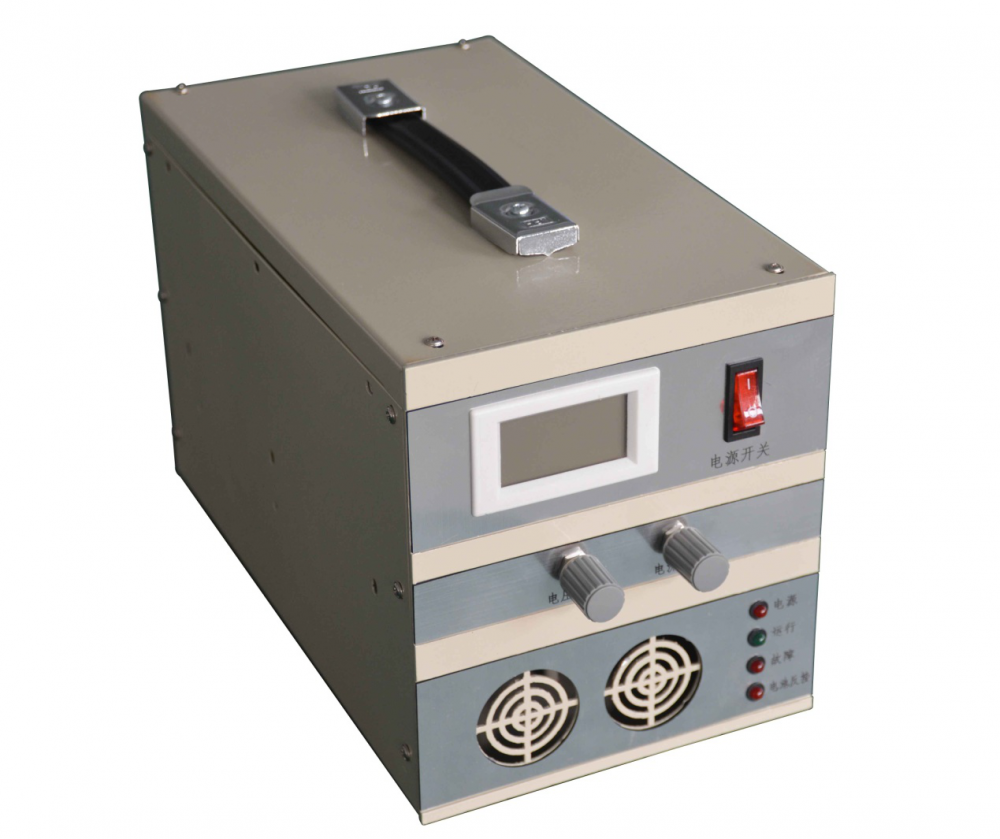
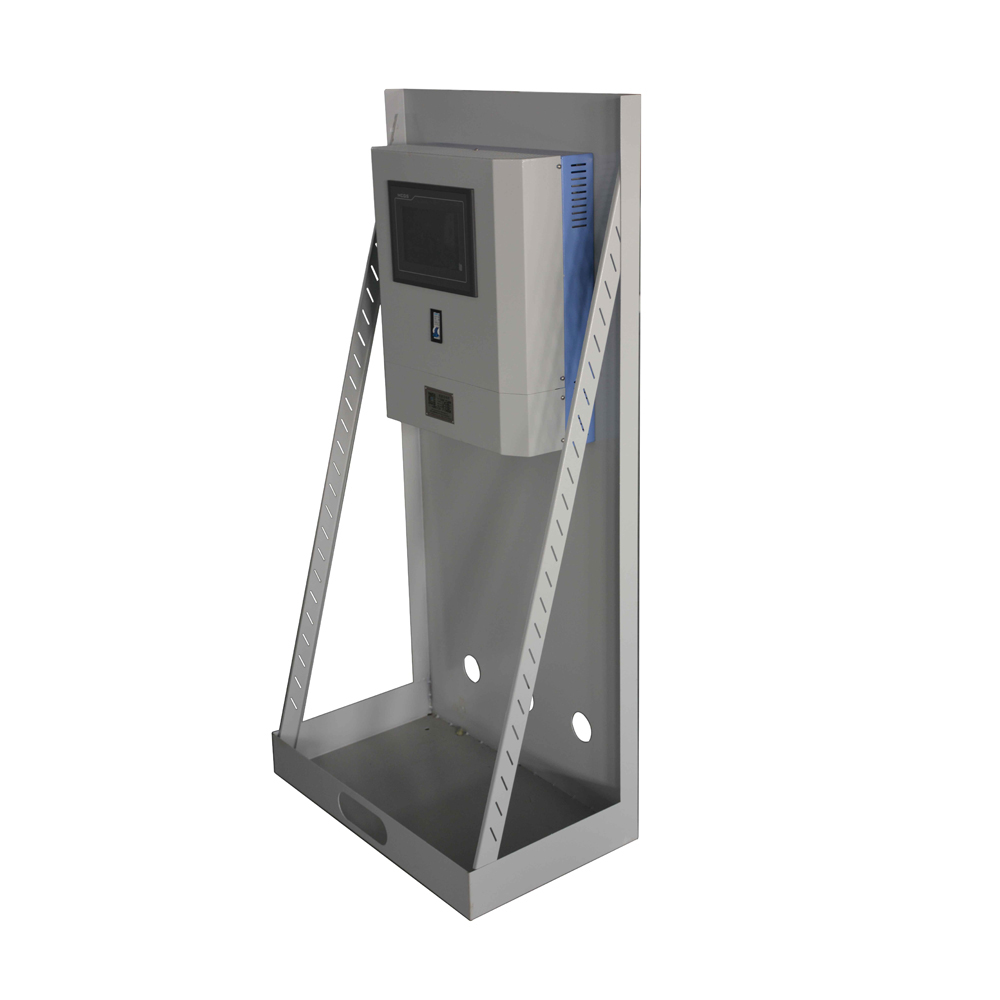

Battery Charger,Lipo Battery Charger,Hf Battery Charger,Three Stage Battery Charger
Xinxiang Taihang Jiaxin Electric Tech Co., Ltd , https://www.chargers.be